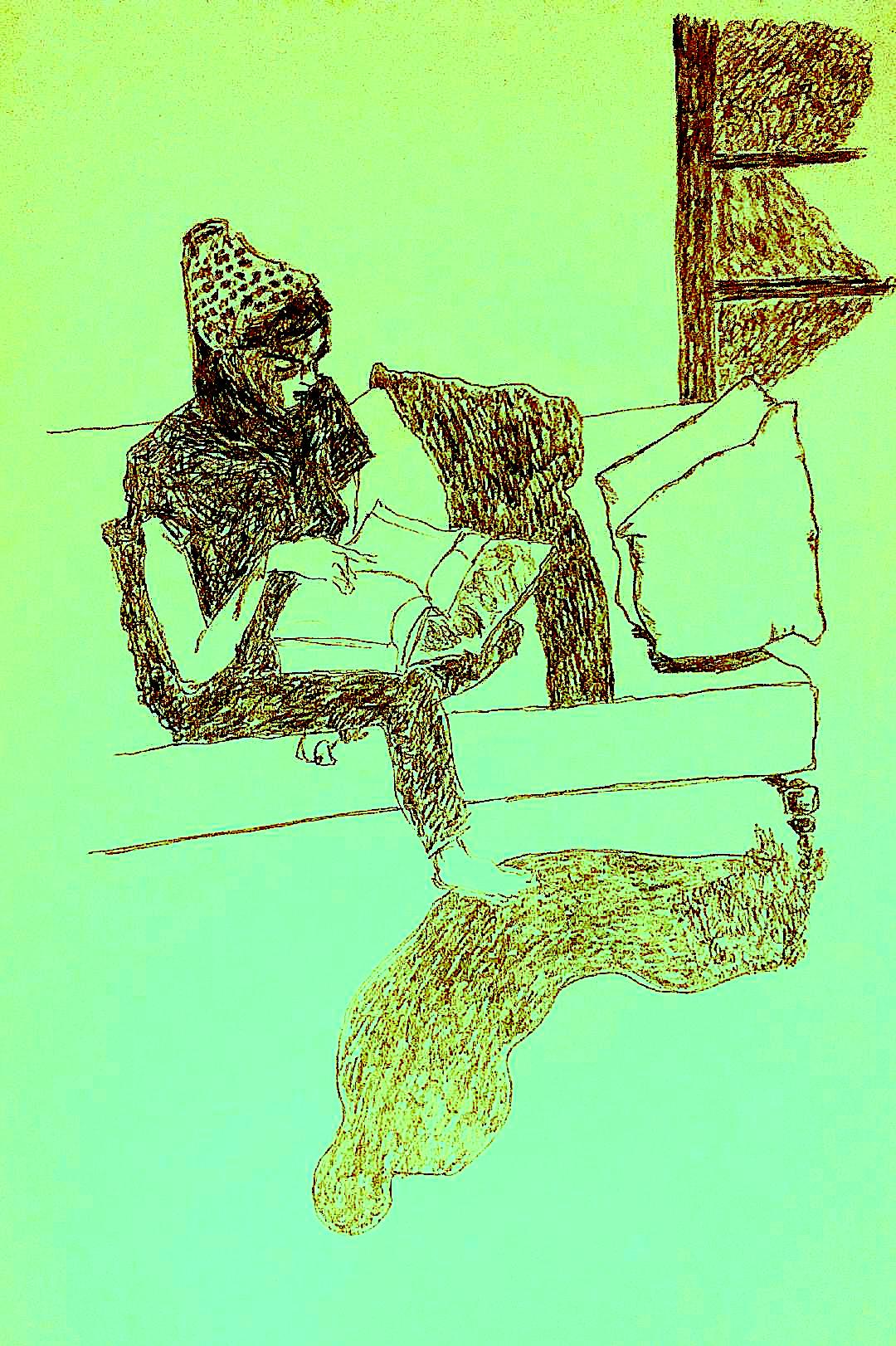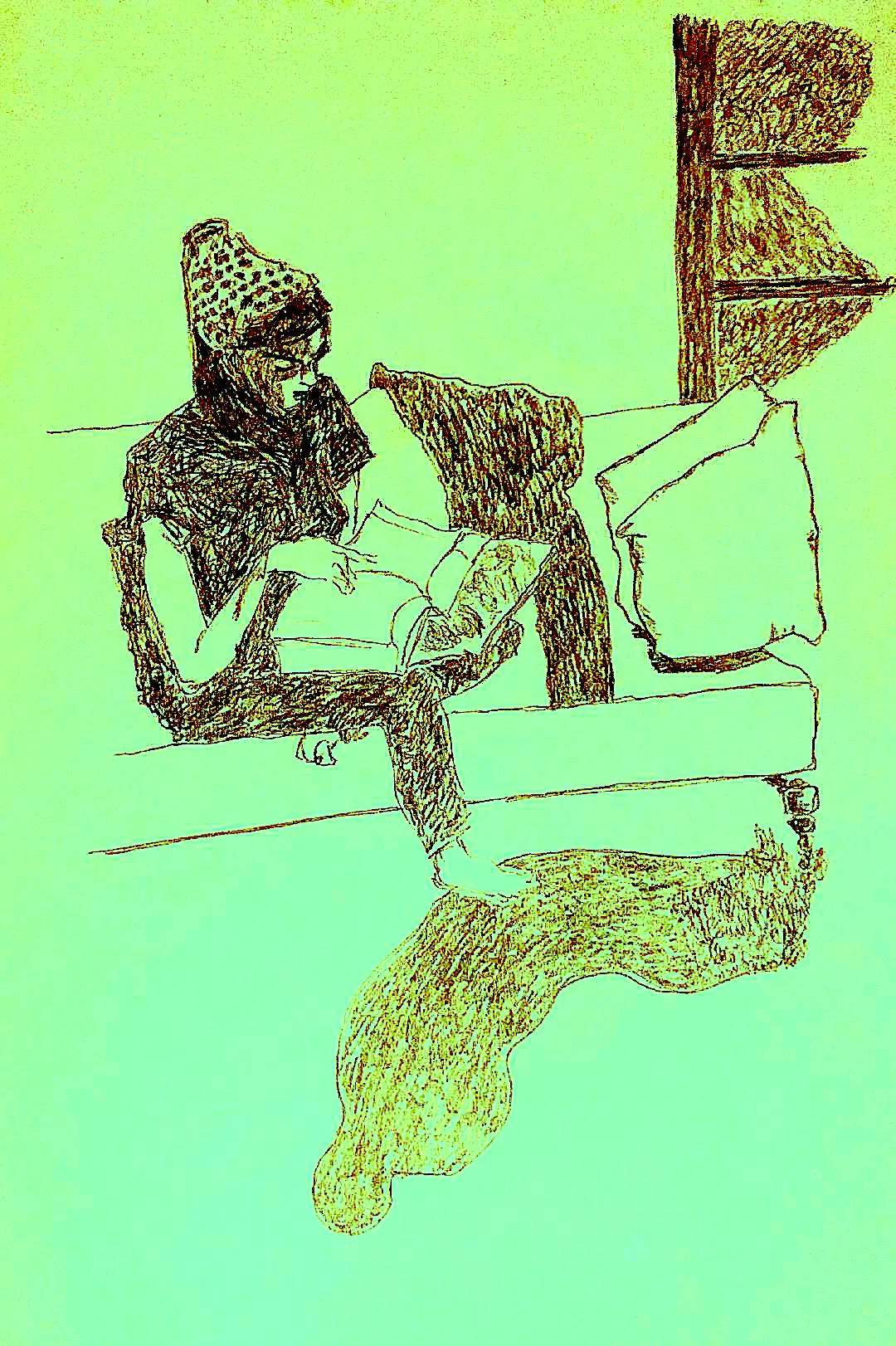Note on Philosophical Perspectives by Wilfred Sellars (2): Physical Realism


We now move into Part Two, which begins with the essay Physical Realism. Here Sellars states, in a direct way, the kind of realism he thinks we need if we are to reconcile common sense with science. Physical realism says that the world is as physics and the other mature sciences describe it, at least in outline, and that unobservable items posited by good theories are as real as the tables and trees we see. The point is simple. If electrons, fields, and genes do the indispensable explanatory work, then our best account of what there is should include them. This is not a slogan about faith in science. It is a rule for tying what we say exists to what our best explanations require.
Consider the reading on a hospital pulse oximeter. The screen shows a percentage. Behind the number is a story about light absorption by oxygenated and deoxygenated haemoglobin. The device would not work unless there really were molecules with those properties, arranged in bodies in the way the theory says. We do not see haemoglobin with the naked eye, yet we treat it as real because the theory that posits it explains and predicts what the device reports, and because interventions based on that theory, such as oxygen therapy, work. On Sellars’ view, the reality of haemoglobin stands on the same footing as the reality of the finger the nurse clips the sensor to. The difference is in how we know about each, not in their metaphysical grade.
Or take the household thermometer. When we say the stew is at ninety five degrees Celsius, we rely on a theory that ties temperature to the average kinetic energy of molecules. The mercury or digital sensor gives a reading because the molecules in the stew collide with the device in rule governed ways. If the underlying story were false, the network of measurements and heat transfers would not hang together. We treat temperature as real because of its role in an integrated explanation that links boiling, cooking, and heat exchange. The reading becomes a window onto a molecular world that is not visible, yet is felt in every practical result, from a properly cooked stew to a steam turbine.
Physical realism also reshapes how we talk about ordinary objects. A wooden table is not a mystery. It is a stable pattern in a sea of particles and fields, with causal powers that we rely on. The scientific image says what that pattern is like at a fine grain. The manifest image, our everyday way of speaking, says how it serves in action and thought. The two images must be harmonised. We should not eliminate the table in favour of a cloud of particles, because the role of the table concept is to organise a region of practice, such as writing, eating, and moving items about. At the same time we should not treat the table as a basic lump with primitive properties. Its hardness, colour, and weight are to be understood through the scientific story about structure, bonding, reflection, and mass. The table is real as a table because it is a stable node in our practices, and it is real as a physical system because it is made of entities and relations that the sciences describe.
The colour case helps a non specialist see both images at work. A ripe tomato looks red in daylight, but it looks grey under sodium lamps. Physical realism says there is no free floating redness in the fruit. There is a surface with a microstructure that reflects and absorbs light in a way that, in normal conditions, triggers visual states in us. The redness we report belongs to how the world appears to creatures like us with our visual system in standard settings. The reflectance profile, the light source, and the retinal and cortical processing belong to the scientific account. We do not need to deny that the tomato is red in order to accept the scientific story. Rather, we place redness within a larger pattern that explains why appearance shifts with lighting and why colour measurement uses calibrated illuminants and observers.
The rainbows and electrons contrast shows how Sellars ties commitment to explanation. A rainbow is a real optical phenomenon, yet it depends on the position of the viewer, the sun, and droplets. We do not count the rainbow as a free standing object that persists if the geometry changes. We count it as a repeatable pattern that the optics of refraction and reflection accounts for. An electron track in a cloud chamber is different. It is evidence for a particle with charge and mass that persists and interacts in ways captured by theory. The track would not be there unless something with those powers moved through the vapour. The explanation binds the track to an enduring entity that appears in many contexts, from cathode ray tubes to synchrotrons. That is why electrons enter our ontology as items, not merely as patterns of appearance.
Because Part Two gathers essays on realism and explanation, Sellars also sets criteria for ontological commitment. He does not say that every theoretical posit is real. He says that the posits that figure in the best, most integrated explanations, that support reliable prediction and fruitful intervention, and that cohere with adjacent theories, earn a place. Think of the history of the gene. It began as an explanatory posit to account for heredity and Mendelian ratios. It gained structure through the chromosome theory, then a molecular identity with DNA, then a complex role in regulation and development. At each stage the web of explanation deepened. The term gene changed its theoretical role, yet it remained anchored by experimental practice, from breeding studies to gel electrophoresis and sequencing. On Sellars’ rule, such anchored posits are real.
A common worry asks whether this realism makes persons vanish into physics. Sellars’ answer is to keep the two images in view. Persons are centres of reasoning and responsibility. These roles belong to the manifest image, which contains norms and meanings. The scientific image explains how creatures with those roles can exist in a physical world. The right conclusion is not that persons are unreal. It is that persons are real in virtue of playing the roles that our best explanatory scheme of human life assigns to them. This is the same pattern we saw with coins, violins, and rivers in our earlier discussion. A £1 coin is real as money because it stands within a network of institutions and practices, and it is real as metal because it is a disc of a given alloy. Eliminating either role distorts the explanation.
Physical realism contrasts with simple instrumentalism. An instrumentalist treats theories as calculating devices for predicting observations, and withholds belief in unobservables. Sellars argues that this refusal weakens explanation. Without commitment to the real existence of the posited items, we cannot understand why the predictive scheme works across new domains, why interventions succeed, and why independent measurements cross check. The pulse oximeter, the thermometer, and the cloud chamber each rely on different chains of theory and apparatus. The fact that they tell one coherent story is best explained by the reality of the underlying entities and laws.
Finally, physical realism is not a blank cheque. When theories change, our commitments shift in a principled way. Phlogiston was abandoned because oxygen chemistry explained combustion and respiration better, unified more facts, and enabled novel interventions. The commitment follows the explanation. When a posit is part of a degenerating research programme that fails to integrate with neighbouring sciences, we have reason to withdraw it. When a posit leads to new instruments, new measures, and cross supported predictions, we have reason to keep it.
In short, Part Two opens by giving us a workable test for what to count as real. If a concept is knitted into an explanatory practice that measures, predicts, and lets us act successfully, then, other things equal, it refers to something real. This lets us say, without embarrassment, that tables and tomatoes are real, and that electrons and genes are real, and that colours and rainbows are real in the roles that explanation assigns to them. It also prepares the ground for the next essays in which Sellars tackles intentionality, abstract entities, and theoretical explanation with the same rule, tie ontology to the best, law governed, intervention supporting story we can tell.